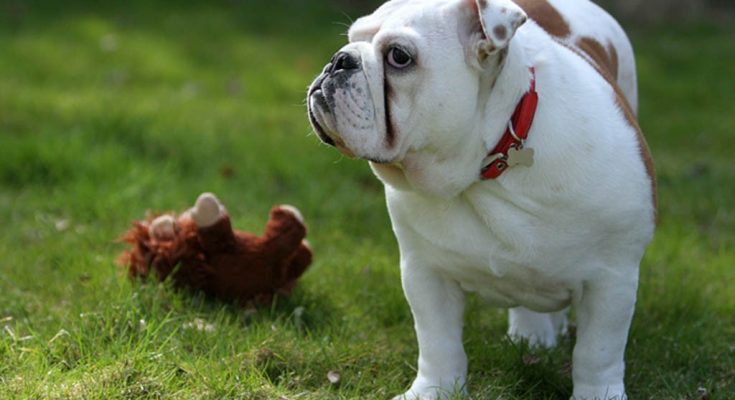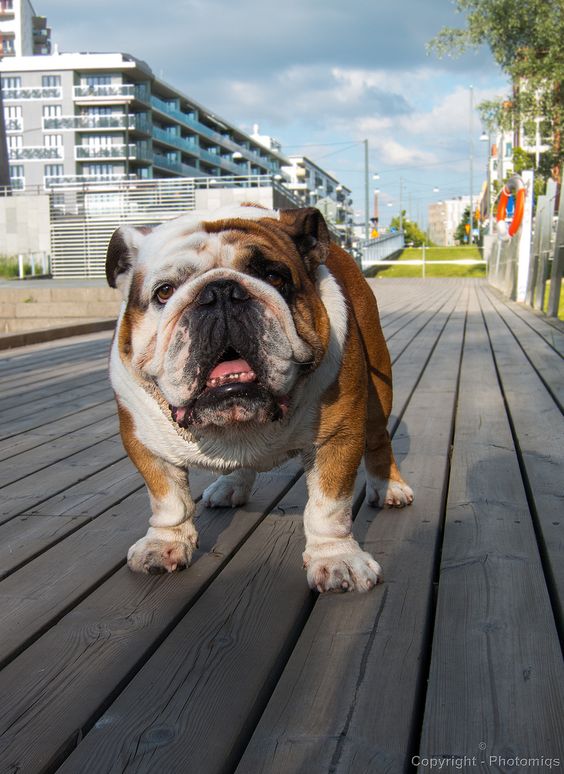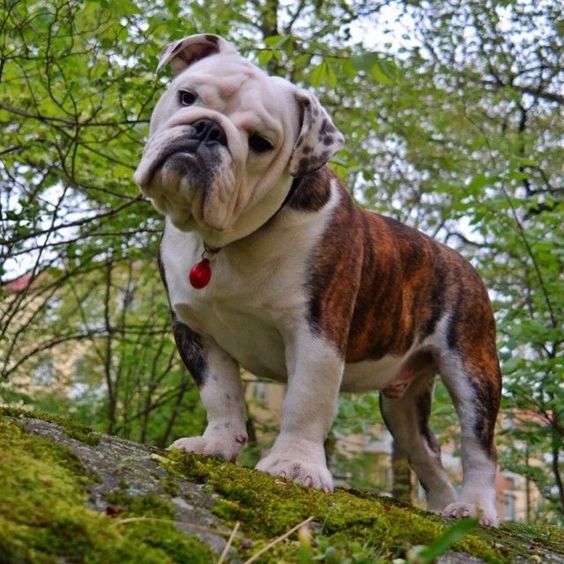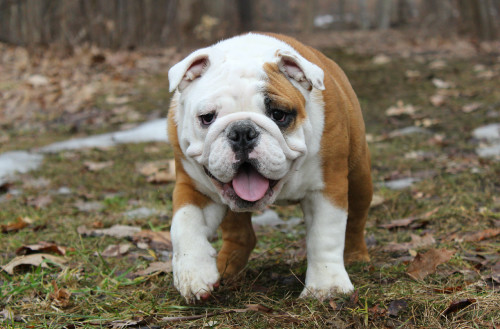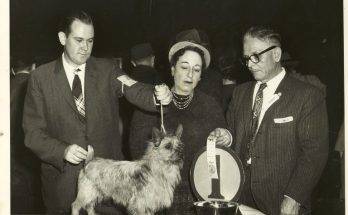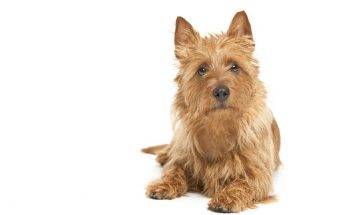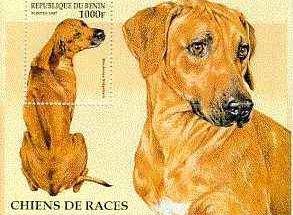The English Bulldog, known for its distinctive appearance and amiable nature, is a charming and affectionate breed that has won the hearts of many dog lovers worldwide. In this article, we will explore the history, physical characteristics, temperament, care, and training requirements of English Bulldogs, shedding light on why they make wonderful family pets.
1. Introduction
The English Bulldog, often referred to simply as the Bulldog, is a breed that originated in England. It has a rich history and has evolved over centuries, becoming an iconic symbol of British culture. With their unique appearance and lovable personalities, English Bulldogs have gained immense popularity across the globe.
2. History of the English Bulldog
The history of the English Bulldog dates back to the 13th century when they were initially bred for bull-baiting, a popular sport in medieval England. However, as bull-baiting was banned, the breed’s purpose shifted, and Bulldogs were gradually transformed into companion animals. Today’s English Bulldogs are a result of careful breeding and selection, focusing on their temperament and physical characteristics.
3. Physical Characteristics
Head and Face
One of the most distinguishing features of English Bulldogs is their large and expressive head. They have a broad skull, deep-set eyes, and a characteristic pushed-in face. The short muzzle and undershot jaw contribute to their distinctive appearance, giving them a unique charm that is hard to resist.
Body and Structure
English Bulldogs have a sturdy and muscular build. They have a low-slung body with a broad chest and well-developed shoulders. Their hindquarters are slightly higher than their shoulders, giving them a distinctive rolling gait. Despite their compact size, Bulldogs are surprisingly strong and powerful.
Coat and Colors
The Bulldog’s coat is smooth, short, and glossy. It requires minimal grooming and is available in various colors and patterns, including brindle, fawn, white, and pied. The coat’s texture and color add to the breed’s appeal, enhancing their overall charm and uniqueness.

4. Temperament and Personality
Affectionate Nature
English Bulldogs are known for their loving and affectionate nature. They form strong bonds with their owners and thrive on human companionship. Bulldogs are often referred to as “gentle giants” due to their kind-hearted disposition and their genuine love for their family members.
Playful Demeanor
Despite their somewhat serious appearance, Bulldogs have a playful and mischievous side. They enjoy interactive play sessions and love to engage in activities that stimulate their minds. Their playful nature makes them great companions for families with children and other pets.
Loyalty and Devotion
Bulldogs are incredibly loyal and devoted to their families. They are known for their unwavering loyalty and will go to great lengths to protect their loved ones. This loyalty, coupled with their gentle nature, makes them excellent family pets and trusted companions.

5. Care and Maintenance
Exercise Needs
English Bulldogs have a moderate exercise requirement. While they do not require vigorous physical activity like some other breeds, they still benefit from daily walks and interactive playtime. Regular exercise helps to keep them physically fit, mentally stimulated, and prevents obesity.
Grooming Requirements
Bulldogs have a short and low-maintenance coat. They shed minimally and only require occasional brushing to keep their coat clean and free from loose hair. Regular cleaning of facial wrinkles is also necessary to prevent skin infections. Additionally, routine nail trimming and dental care are essential for their overall well-being.
Health Concerns
Like many purebred dogs, English Bulldogs are prone to certain health issues. Some common concerns include respiratory problems, skin allergies, hip and joint issues, and eye problems. Potential owners should be aware of these health risks and ensure regular veterinary check-ups to maintain their Bulldog’s health.
6. Training and Socialization
Basic Obedience Training
Training an English Bulldog requires patience, consistency, and positive reinforcement techniques. Bulldogs are intelligent and eager to please, making them trainable. Basic obedience commands such as sit, stay, and come are essential for their safety and well-being.
Socializing with Humans and Other Animals
Proper socialization from an early age is crucial for English Bulldogs. Introducing them to various people, animals, and environments helps them develop into well-rounded and confident dogs. Early socialization prevents shyness or aggression issues and ensures they can peacefully coexist with other pets and humans.
7. Bulldog as a Family Pet
Compatibility with Children
English Bulldogs are renowned for their love and patience with children. They have a gentle nature and are known to be excellent companions for kids of all ages. However, as with any dog, supervision is essential to ensure that interactions between Bulldogs and children are positive and safe.
Adaptability to Living Spaces
Despite their muscular build, Bulldogs are well-suited to apartment living. They are generally calm and do not require excessive space. Bulldogs are also not known for excessive barking, making them suitable for households with noise restrictions. However, adequate ventilation and temperature control are necessary due to their brachycephalic nature.
8. Bulldog’s Popularity and Recognition
Bulldog in Popular Culture
English Bulldogs have made their mark in popular culture, appearing in movies, advertisements, and as mascots for various sports teams. Their distinct appearance and charming personality have made them a favorite among artists, writers, and dog enthusiasts alike.
Breed Recognition and Associations
The English Bulldog is recognized by major kennel clubs and breed associations worldwide. Organizations such as the American Kennel Club (AKC) and the United Kingdom Kennel Club (UKKC) provide breed standards and promote responsible breeding practices to preserve the breed’s integrity.
9. Conclusion
In conclusion, the English Bulldog is a captivating and affectionate breed with a rich history and lovable personality. Their unique appearance, coupled with their loyal and gentle nature, makes them an ideal choice for families and individuals seeking a charming and devoted companion. However, it is important to be aware of their specific care needs and potential health concerns to ensure they lead happy and healthy lives.
10. FAQs
Can English Bulldogs live in apartments?
Yes, English Bulldogs can adapt well to apartment living. They are generally calm and do not require excessive space. However, proper ventilation and temperature control are essential due to their brachycephalic nature.
Do Bulldogs get along well with other pets?
With proper socialization, Bulldogs can get along well with other pets. Early introductions and positive interactions are key to fostering a harmonious relationship between Bulldogs and other animals.
How much exercise do English Bulldogs need?
English Bulldogs have moderate exercise needs. Daily walks and interactive play sessions are sufficient to keep them physically and mentally stimulated. However, it’s important to avoid excessive exercise due to their brachycephalic respiratory system.
Are English Bulldogs prone to health issues?
Yes, English Bulldogs are prone to certain health issues, including respiratory problems, skin allergies, hip and joint issues, and eye problems. Regular veterinary care and attention to their specific health needs are crucial for their well-being.
Can English Bulldogs swim?
Most Bulldogs are not natural swimmers due to their heavy build and low body fat. Caution should be exercised around water, and swimming sessions should be supervised to ensure their safety.

